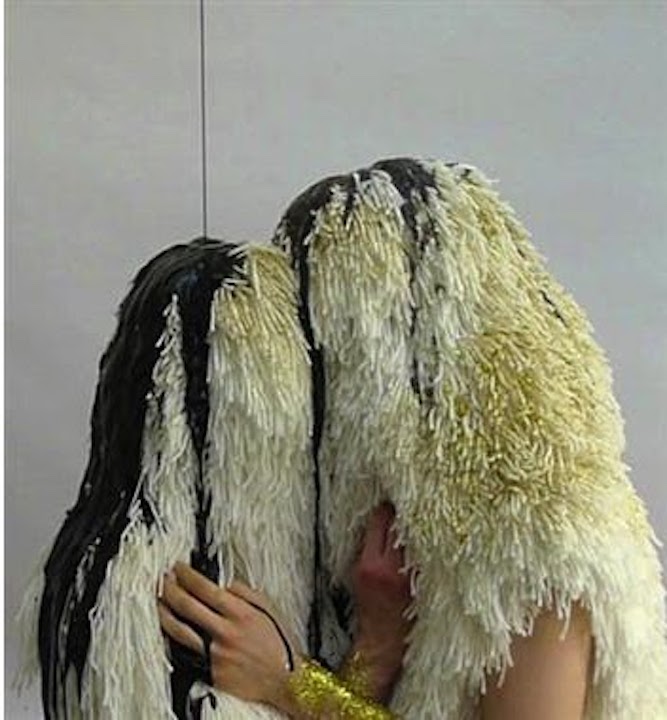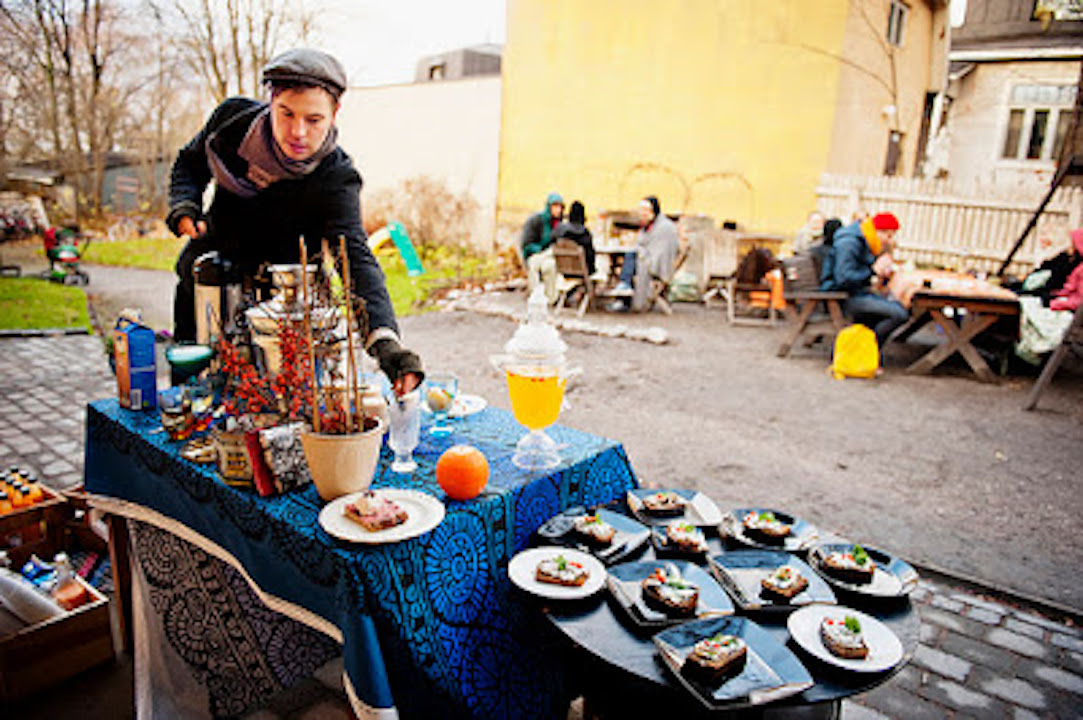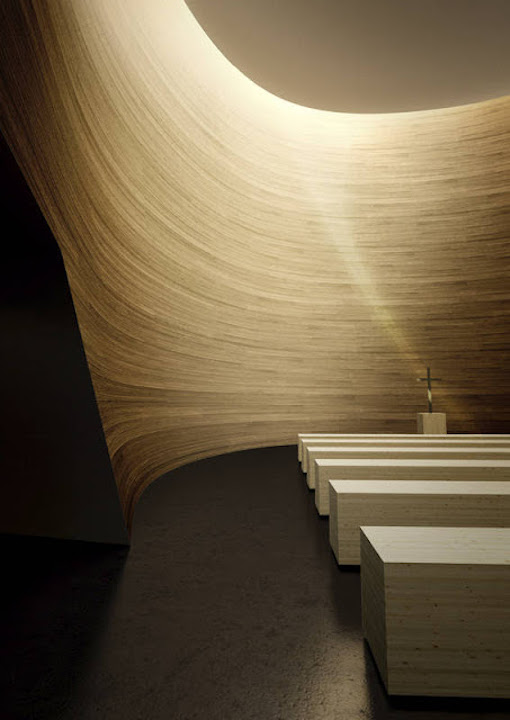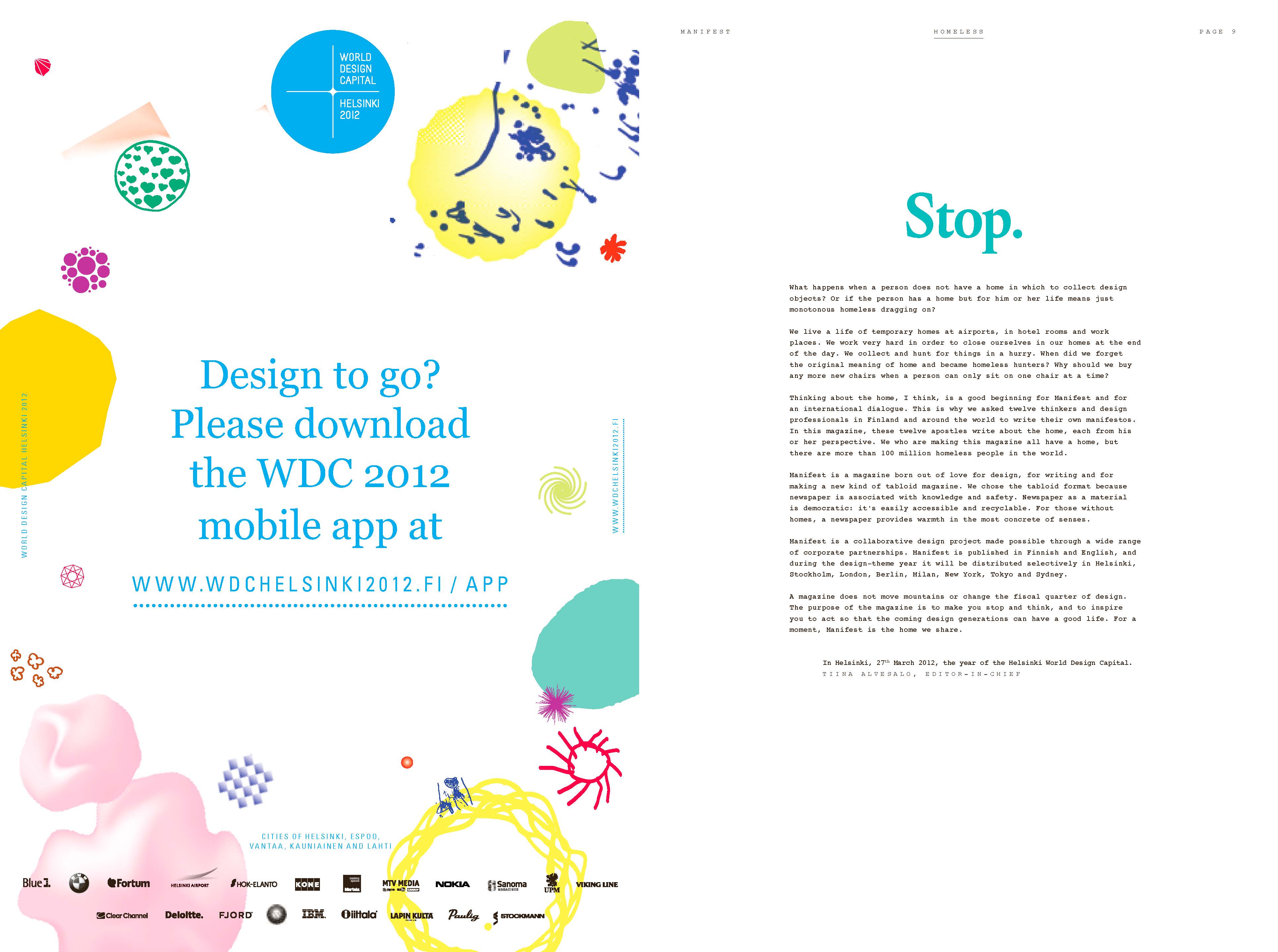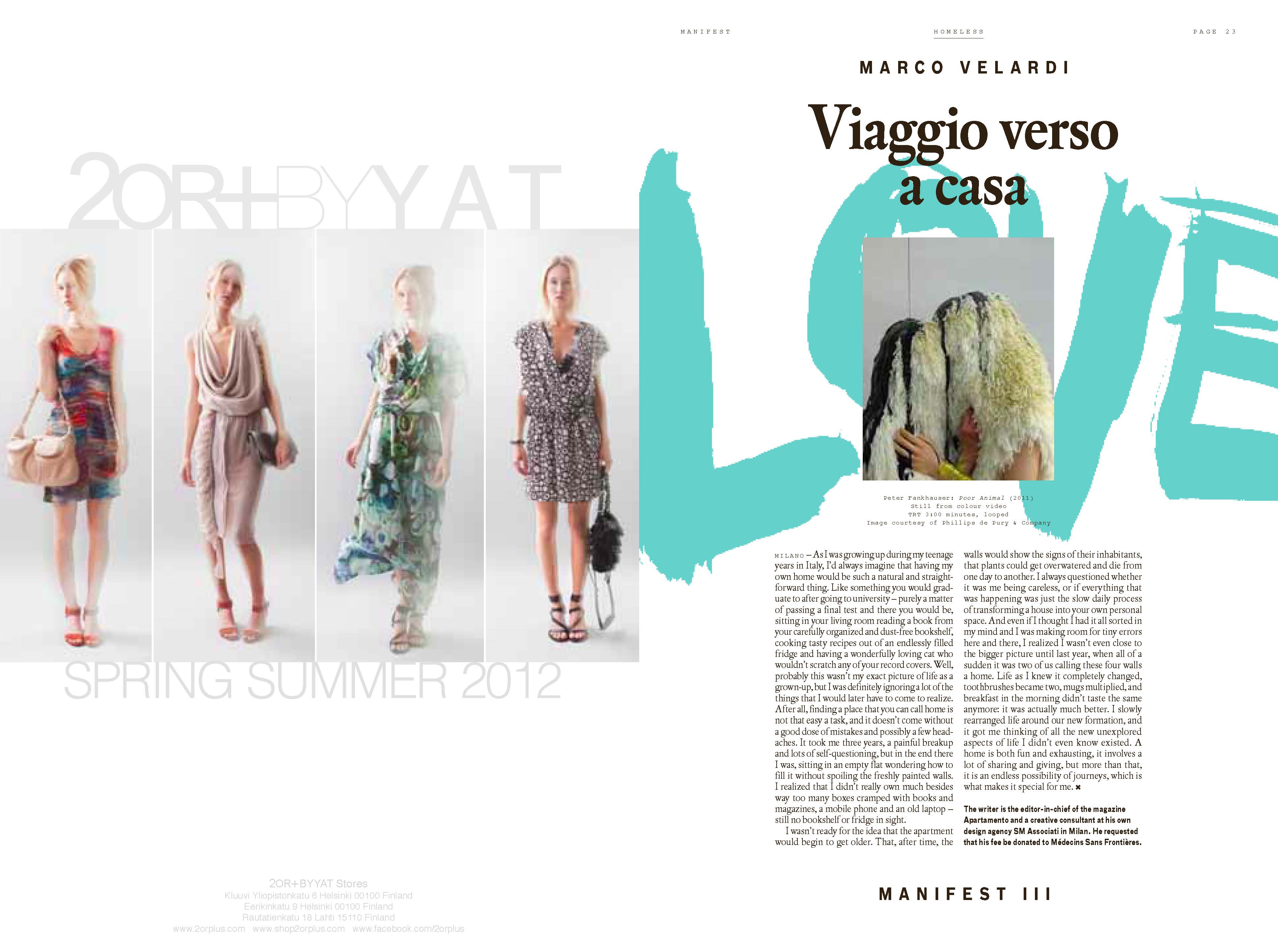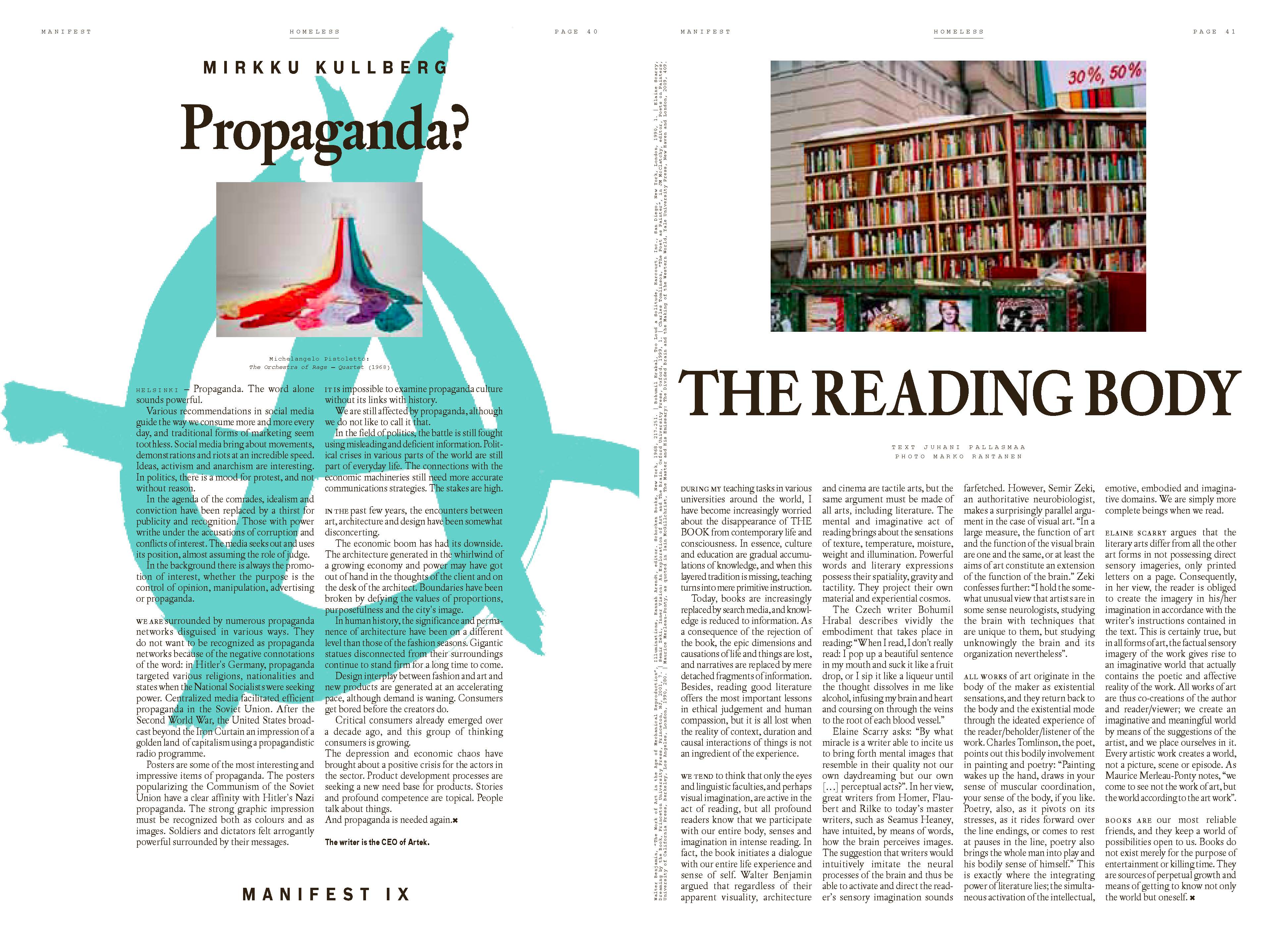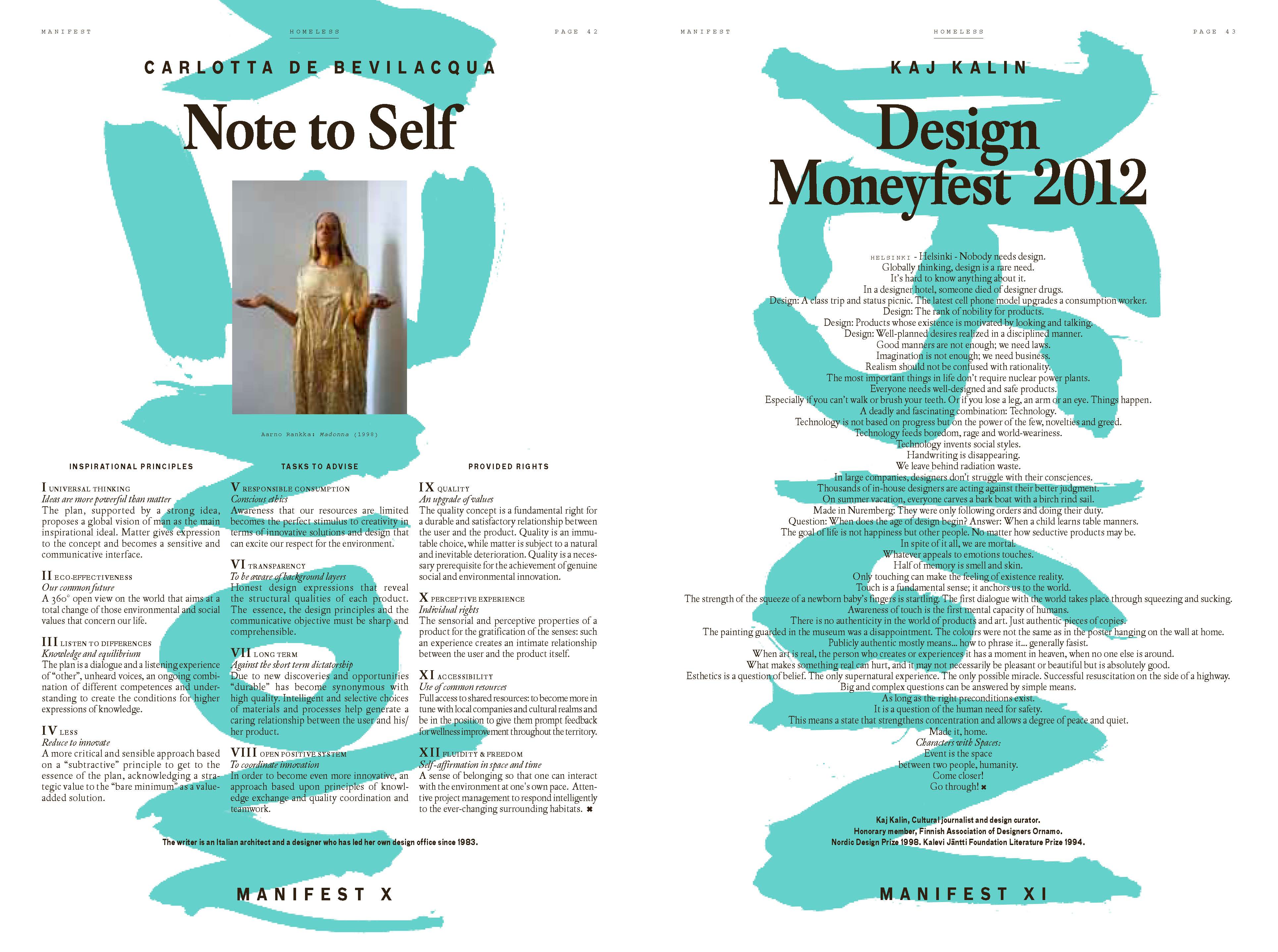ABOUT ME
Tiina Catherine Alvesalo
Artist, Communication, Circular Economy & Sustainability Specialist.
Specialized in concepts for a better planet: journalism, visual and strategic communication about art, fashion, design, food and tech. Passion for the change.
“The world seems chaotic, and no one has answers. it’s all about communication, whether it’s about the world’s most valuable work of art, sustainable city, responsible design, fashion, textile, food, technology, service or tourism.”
- Circular Economy
- Corporate Social Responsibility (CSR)
- Sustainable Development Goals (SDG’s)
- Climate Change
- Diversity, Equity & Inclusion (DEI)
- Green Transition
- Environmental Management Systems
- Carbon Foot Printing
- GHG Emissions
- Zero-Point Energy
- System Thinking
- AI Working Life
- Art
- Fashion
- Design
- Food
- Tech
- Planning
- Producing
- Marketing
- Communication
- Teaching
- Auditing
CATEGORIES
- Architecture
- Art
- Behind The Scenes
- Books
- Communication
- Design
- Environment
- Film, Video & Documentary
- Food
- Independent Magazines
- Jack Russell Terriers
- Launch Event Venues
- Local Travel
- Natural Heritage
- Photography
- Pieces of Journalism
- Strategy Planning
- Style & Fashion
- Sustainability
- Trend Debriefing & Work Shops
CONTACT
E-mail: tiina.alvesalo ( at ) tiinaalvesalo.com
10600 Tammisaari-Ekenäs, Finland
ARCHIVES
RECENT POSTS
- THE OLDEST CINEMA THEATRE IN FINLAND 17/01/2021
- HELEN SCHJERFBECK GATAN AT EKENÄS 16/01/2021
- THE MUTE SWAN AT GAMLA STAN 10/01/2021
- THE OLD STREET LIGHT AT TAMMISAARI 06/01/2021
- THE OLD WOODEN BRIDGE AT HARBOUR 05/01/2021
- THE SUN SET AT TAMMISAARI GAMLA STAN 05/01/2021
- THE GOSSIP MIRROW AT EKENÄS GAMLA STAN 05/01/2021
- THE LONELY BICYCLE AT RÅDHUSTÅRGET 05/01/2021
- THE OWL AT STORA KYRKOGATAN 03/01/2021
- THE MUTE SWAN AT EKENÄS FINLAND 03/01/2021
- EKENÄS CHURCH AT STORA KYRGOGATAN 02/01/2021
- THE MORNING AFTER AT GAMLA STAN 01/01/2021
- HAPPY NEW YEAR 2021 31/12/2020
- THE SWAN IS ON THE WAY AT TAMMISAARI 26/12/2020
- STORA KYRGOGATAN AT GAMLA STAN 20/12/2020
- RESTAURANT KNIPAN IN DECEMBER 16/12/2020
- YLP! YOUR LOCAL PIZZERIA AT TAMMISAARI 30/10/2020
- STORM AILA LANDED IN FINLAND 17/09/2020
- THE WOODEN BRIDGE 23/04/2020
- THE HAPPY COUPLE 22/04/2020
- NATURAL FOREST AT HAGEN RAMSHOLMEN 09/04/2020
- THE VIEW FROM VINTER NIGHT 30/11/2019
- THE GRAVEYARD OF TAMMISAARI 10/10/2019
- THE GROWING TREE AT RASEBORGVÄGEN 10/10/2019
- THE HOME IN GAMLA STAN 05/10/2019
- ISO KIRKKOKATU 29/09/2019
- YOUR LOCAL PIZZA IN TAMMISAARI 26/09/2019
- RÅDHUSTORGET 26/09/2019
- GOOD BY BILLNÄS! 17/09/2019
- WORKING AT CITY OF RAASEPORI 17/09/2019
- THE TRAVEL CENTRUM IN PROGRESS 17/09/2019
- THE WORKSITE OF KARIS 17/09/2019
- THE VIEW FROM CITY OF RAASEPORI 10/09/2019
- TO HANKO WITH ENVIRONMENT DEPARTMENT 30/08/2019
- WORKING WITH NATURAL HERITAGE PLACES 05/05/2019
- BRUK VILLAGE AT NOVEMBER 09/11/2018
- AUTUMN AT BRUK VILLAGE 30/10/2018
- ANTIQUE FAIR AT BILLNÄS BRUK 07/07/2018
- BILLNÄSIN ANTIIKKIPÄIVÄT 07/07/2018
- NORDIC ARTE POVERA 06/07/2018
- POWER PLANT 24/02/2018
- AN OLD WARE HOUSE 24/02/2018
- THE FOOD CELLAR 24/02/2018
- BOAT HUT 23/02/2018
- WINTER TOTEEM 23/02/2018
- HOPE 23/02/2018
- WHAT A BEAUTIFULL DAY 23/02/2018
- FROZEN SVARTÅ 23/02/2018
- JOY, HOPE AND LOVE 23/02/2018
- AN OLD BRANCH 23/02/2018
| ma | ti | ke | to | pe | la | su |
|---|---|---|---|---|---|---|
| 1 | 2 | 3 | 4 | 5 | 6 | 7 |
| 8 | 9 | 10 | 11 | 12 | 13 | 14 |
| 15 | 16 | 17 | 18 | 19 | 20 | 21 |
| 22 | 23 | 24 | 25 | 26 | 27 | 28 |
| 29 | 30 | |||||
 ALVESALO
ALVESALO
- THE OLDEST CINEMA THEATRE IN FINLAND 17/01/2021The oldest cinema theatre in Finland at Tammisaari Gamla Stan, Photography 2021 by Alvesalo.Tiina Catherine Alvesalo
- HELEN SCHJERFBECK GATAN AT EKENÄS 16/01/2021Helene Schjerfbeck Gatan Ekenäs Gamla Stan, Photography 2021 by Alvesalo.Tiina Catherine Alvesalo
- THE MUTE SWAN AT GAMLA STAN 10/01/2021The mute swan at Ekenäs Gamla Stan, Photography 2021 by Alvesalo.Tiina Catherine Alvesalo
- THE OLD STREET LIGHT AT TAMMISAARI 06/01/2021The old street light at Tammisaari Gamla Stan, Photography 2021 by AlvesaloTiina Catherine Alvesalo
- THE OLD WOODEN BRIDGE AT HARBOUR 05/01/2021The old wooden bridge at Tammisaari Gamla Stan, Photography 2021 by Alvesalo.Tiina Catherine Alvesalo
- THE SUN SET AT TAMMISAARI GAMLA STAN 05/01/2021The sun set at Tammisaari Gamla Stan, Photography 2021 by Alvesalo.Tiina Catherine Alvesalo
- THE GOSSIP MIRROW AT EKENÄS GAMLA STAN 04/01/2021The gossip mirrow at Ekenäs Gamla Stan, Photography 2021 by Alvesalo.Tiina Catherine Alvesalo
- THE LONELY BICYCLE AT RÅDHUSTÅRGET 04/01/2021The lonely bicycle at Rådhustorget in Ekenäs Gamla Stan, Photography 2021 by Alvesalo.Tiina Catherine Alvesalo
- THE OWL AT STORA KYRKOGATAN 03/01/2021The owl at Store Kyrkogatan in Ekenäs Gamla Stan, Photography 2021 by Alvesalo.Tiina Catherine Alvesalo
- THE MUTE SWAN AT EKENÄS FINLAND 03/01/2021The mute swan at Tammisaari Gamla Stan, Photography 2021 by Alvesalo.Tiina Catherine Alvesalo
- EKENÄS CHURCH AT STORA KYRGOGATAN 02/01/2021Ekenäs Church at Stora Kyrgogtan Tammisaari Gamla Stan, Photography 2021 by Alvesalo.Tiina Catherine Alvesalo
- THE MORNING AFTER AT GAMLA STAN 01/01/2021The Lonely Tree at Ekenäs Gamla Stan, Photography 2021 by AlvesaloTiina Catherine Alvesalo
- HAPPY NEW YEAR 2021 31/12/2020Auguri & Happy New Year 2021, Photography 2020 by Alvesalo.Tiina Catherine Alvesalo
- THE SWAN IS ON THE WAY AT TAMMISAARI 26/12/2020The Swan Is on The Way at Tammisaari in South Coast Finland, Photography 2020 by Alvesalo.Tiina Catherine Alvesalo
- STORA KYRGOGATAN AT GAMLA STAN 20/12/2020Stora Kyrkogatan Tammisaari Gamla Stan, Photography 2020 by Alvesalo.Tiina Catherine Alvesalo
- RESTAURANT KNIPAN IN DECEMBER 16/12/2020Restaurant Knipan in December, Photography 2020 by Alvesalo.Tiina Catherine Alvesalo
- YLP! YOUR LOCAL PIZZERIA AT TAMMISAARI 30/10/2020YLP! Your Local Pizzeria, Iso Kirkkokatu 23, Tammisaari Gamla Stan, Photography 2020 by Alvesalo.Tiina Catherine Alvesalo
- STORM AILA LANDED IN FINLAND 17/09/2020Storm Aila Landed to Tammisaari, Photography 2020 by Tiina AlvesaloTiina Catherine Alvesalo
- THE WOODEN BRIDGE 23/04/2020The Wooden Bridge at Tammisaari Gamla Stan, Photography 2020 by Tiina AlvesaloTiina Catherine Alvesalo
- THE HAPPY COUPLE 22/04/2020Swans in Tammisaari, Photograph 2020 by Tiina AlvesaloTiina Catherine Alvesalo
TAGS
analog photography
architecture
art
artek
behind the scenes
billnäs
bruk village
communication
design
digital photography
ekenäs
environment
finland
gamla stan
hand made
home
homeless
hope
horse
hunger
hunger edition
hyperlocal travel
independent magazines
jack russell terriers
joy
karis
launch event venues
love
loven ja mortin pennut
manifest
media
photography
pieces of journalism
public action
puppies
raasepori
raseborg
ruukin russelit
snap shot
strategy planning
style & fashion
suomi
sustainability
tammisaari
world design capital

